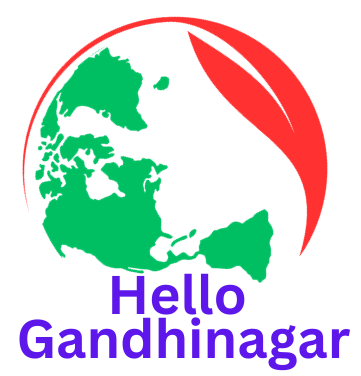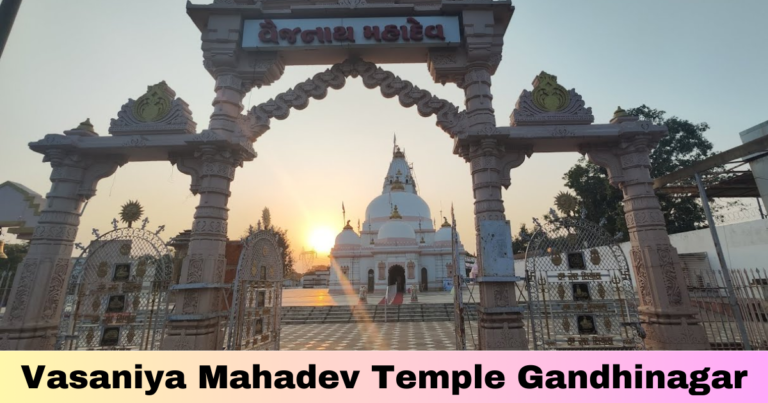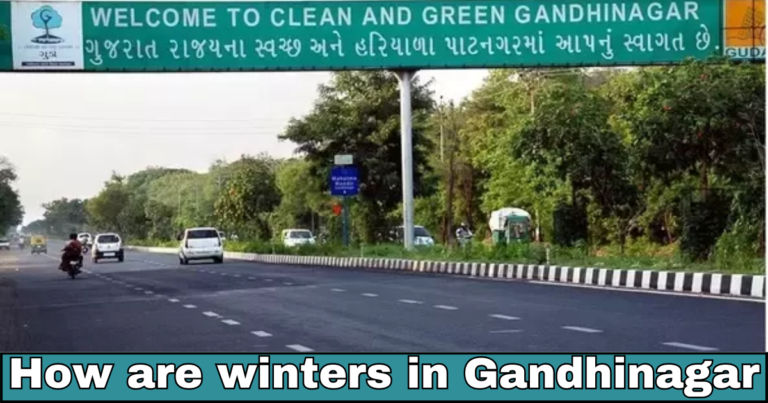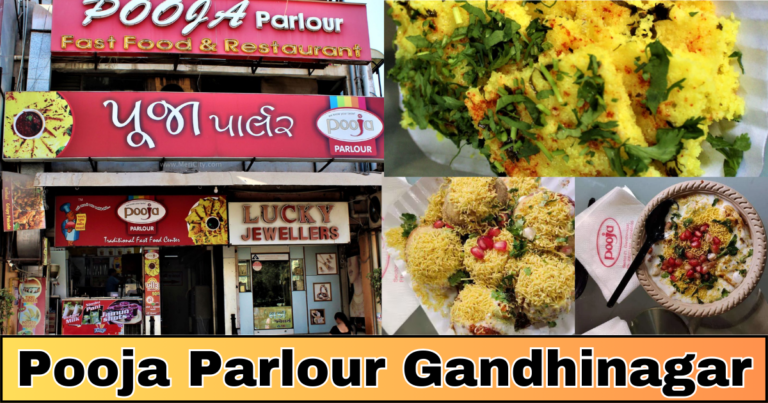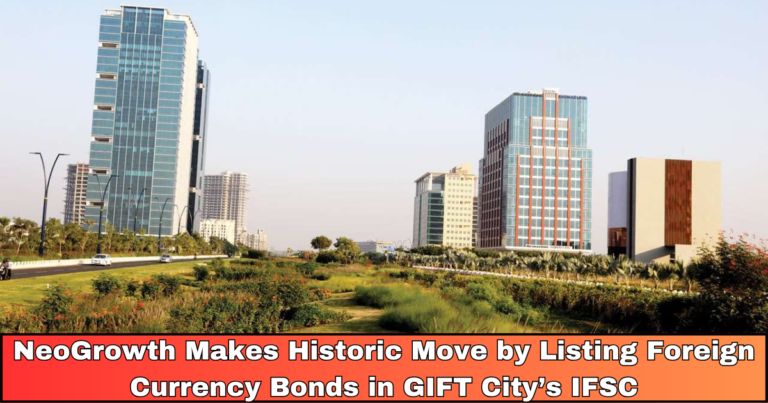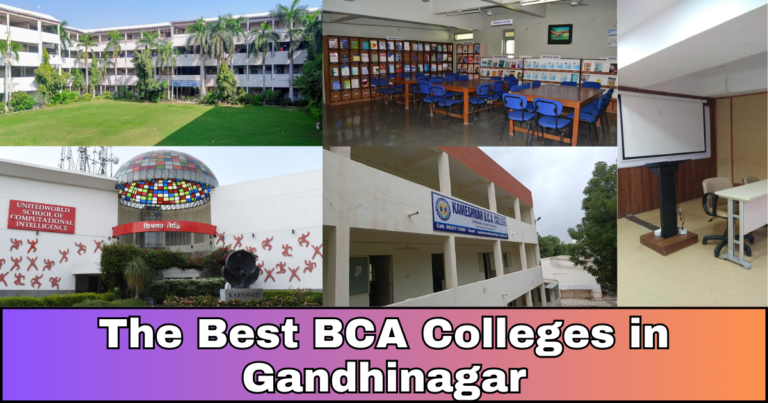what is the population of gandhinagar : Exploring Its Vibrant Population!
what is the population of gandhinagar : Welcome to the vibrant city of Gandhinagar, where each soul adds a unique hue to the tapestry of urban life! As a bustling metropolis nestled in the heart of Gujarat, Gandhinagar pulsates with energy, diversity, and a rich cultural heritage. But what truly breathes life into this dynamic city? It’s none other than its spirited inhabitants! Join me as we delve into the fascinating realm of Gandhinagar’s population demographics, unraveling the threads that weave together the city’s social fabric and shape its vibrant identity.
The current estimate population of Gandhinagar city in 2024 is 292,000 , while Gandhinagar metro population is estimated at 9,035,000 . The last census was conducted in 2011 and the schedule census for Gandhinagar city in 2021 was postponed due to Covid.
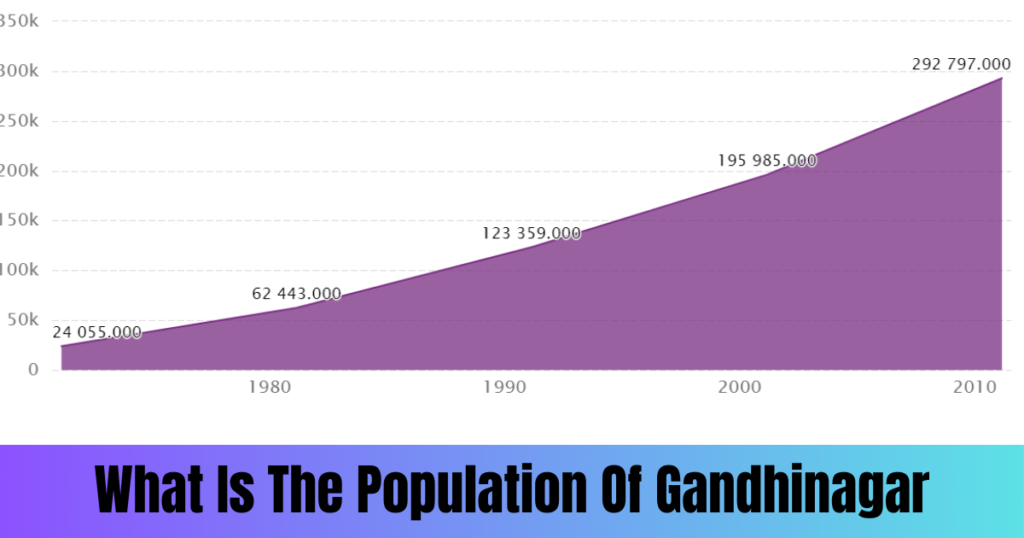
Understanding the population dynamics of Gandhinagar isn’t just about crunching numbers; it’s about embracing the diverse tapestry of humanity that calls this city home. From bustling urban neighborhoods to serene rural landscapes, Gandhinagar is a melting pot of cultures, traditions, and stories waiting to be told. So, grab your magnifying glass and embark on a journey of discovery as we explore the kaleidoscope of life that defines Gandhinagar’s population landscape!
Gandhinagar District Talukas Population
According to 2011 Census of India, Gandhinagar District District Talukas population, Below is the list of Gandhinagar District Talukas househods, total population and as per male and female statistics.
| Talukas | Population 2011 | Male | Female | Households |
|---|---|---|---|---|
| Kalol | 239,779 | 124,933 | 114,846 | 49,665 |
| Mansa | 176,220 | 91,101 | 85,119 | 37,145 |
| Gandhinagar | 334,224 | 174,097 | 160,127 | 68,994 |
| Dehgam | 225,930 | 115,791 | 110,139 | 45,073 |
Gandhinagar Population 2023 – 2024
What is the population of Gandhinagar district in 2024 ? The question though important has no correct answer. The last census of Gandhinagar was done in 2011 and next census of 2021 has been postponed or cancelled. But we can do projection of future Gandhinagar 2024 Population on the basis likely Population Growth Rate.
what is the population of gandhinagar : Child Population
In census enumeration, data regarding child under 0-6 age were also collected for all districts including Gandhinagar. There were total 167,377 children under age of 0-6 against 185,696 of 2001 census. Of total 167,377 male and female were 90,604 and 76,773 respectively. Child Sex Ratio as per census 2011 was 847 compared to 813 of census 2001. In 2011, Children under 0-6 formed 12.03 percent of Gandhinagar District compared to 13.92 percent of 2001. There was net change of -1.89 percent in this compared to previous census of India.
what is the population of gandhinagar : Houseless Data
In 2011, total 849 families live on footpath or without any roof cover in Gandhinagar district of Gujarat. Total Population of all who lived without roof at the time of Census 2011 numbers to 4,015. This approx 0.28848509757119% of total population of Gandhinagar district.
what is the population of gandhinagar : District Density
The initial provisional data released by census India 2011, shows that density of Gandhinagar district for 2011 is 650 people per sq. km. In 2001, Gandhinagar district density was at 617 people per sq. km. Gandhinagar district administers 2,140 square kilometers of areas.
Historical Population Trends
Ah, the passage of time—a silent witness to the ebb and flow of humanity’s footprints across the sands of history! In Gandhinagar, the story of population growth unfolds like a captivating saga, shaped by the winds of change and the tides of time. Over the years, the city has witnessed a remarkable evolution in its population dynamics, from humble beginnings to the bustling urban landscape we see today. Factors such as economic development, migration patterns, and urbanization have played pivotal roles in shaping Gandhinagar’s demographic landscape, painting a portrait of resilience, adaptability, and growth.
But what lies beneath the surface of these population trends? Behind the numbers and statistics lie tales of triumph and tribulation, resilience and renewal. From the aftermath of natural disasters to the dawn of new economic opportunities, Gandhinagar’s population story is a testament to the indomitable spirit of its inhabitants. As we delve deeper into the annals of history, we uncover the threads that bind Gandhinagar’s past, present, and future—a tapestry of human endeavor, woven with threads of hope, ambition, and aspiration.
A Tapestry of Diversity
Sure, numbers can tell a story, but Gandhinagar’s population is more than just statistics. It’s a dynamic tapestry woven from diverse threads of faith, language, and cultural backgrounds. Imagine bustling Gujarati families sharing laughter over steaming cups of chai, energetic student communities discussing their dreams, and young professionals carving their paths in the city’s growing industries. This melting pot of individuals, estimated at around 1.45 million in 2024, forms the very essence of Gandhinagar’s vibrant energy.
A Glimpse into Demographics:
While numbers can seem impersonal, they offer valuable insights. Did you know that Gandhinagar boasts a 56% female population, suggesting a strong feminine presence shaping the city’s future? Or that 95% of the population identifies as Hindu, highlighting the city’s rich cultural heritage? These intriguing details paint a picture of a community where women play a vital role and traditions are deeply cherished.
Beyond the City Limits: Expanding Connections
The story doesn’t end within the city walls. Gandhinagar’s urban population accounts for approximately 20% of its total, with the remaining residing in its rural areas. This interconnectedness fosters a unique blend of urban buzz and rural charm, where traditions meet modern aspirations. Imagine bustling farmers’ markets supplying fresh produce to city kitchens, and artists drawing inspiration from the serene countryside surrounding the city.

A Growing Population: Opportunities and Challenges
With an estimated annual growth rate of 1.4%, Gandhinagar’s population is steadily increasing. This presents exciting opportunities for economic development, educational initiatives, and cultural exchange. However, it also brings challenges in managing resources, infrastructure, and ensuring inclusive growth for all. The city’s residents and administration are actively working to navigate these challenges, fostering a sustainable future for this growing community.
More Than Just Statistics: Stories Waiting to be Uncovered
Remember, numbers represent real people with dreams, aspirations, and unique stories. Each resident adds a brushstroke to Gandhinagar’s vibrant canvas. From seasoned artisans showcasing their crafts to young entrepreneurs launching innovative businesses, every individual contributes to the city’s dynamic narrative. So, next time you find yourself in Gandhinagar, remember, you’re surrounded by a vibrant population, each person a story waiting to be discovered.
So, while numbers offer a glimpse into the demographics of Gandhinagar, the true essence of its population lies in the spirit of its people. Their hopes, dreams, and diverse narratives shape the city’s vibrant present and promising future. Remember, it’s not just about the quantity, but the quality of life, the connections forged, and the stories waiting to be written that make Gandhinagar’s population truly remarkable!
FAQ
What is the population of Gandhinagar metro?
The Gandhinagar city is located in Gujarat state of India. The current estimate population of Gandhinagar city in 2024 is 292,000 , while Gandhinagar metro population is estimated at 9,035,000 .
Is Gandhinagar a city or a town?
Gandhinagar, Gujarat’s new capital city and one of the beautiful and greenest city in India, lies on the west bank of the Sabarmati River, about 464 km away from Mumbai, the financial capital of India. Gandhinagar presents the spacious, well-organized look of an architecturally integrated city.
What is the growth rate of Gandhinagar?
The district has a population density of 650 inhabitants per square kilometre (1,700/sq mi). Its population growth rate over the decade 2001-2011 was 4.29%. Gandhinagar has a sex ratio of 923 females for every 1000 males.
What is the economy of Gandhinagar?
Small scale industry sectors like Textiles, Electronics, and Minerals based, Wood products and Engineering industries are the supporting pillars of the economy of the district. It will directly and indirectly provide employment to over 40,000 people in the district in coming future.
Why is Gandhinagar a gift city?
Gujarat International Finance Tec-City (GIFT City) is a central business district under construction in the Gandhinagar district in Gujarat, India. It is India’s first operational greenfield smart city and international financial services centre, which the Government of Gujarat promoted as a greenfield project.

I’m a professional content writer. I have experience of 5+ years in copywriting & content Writing.
